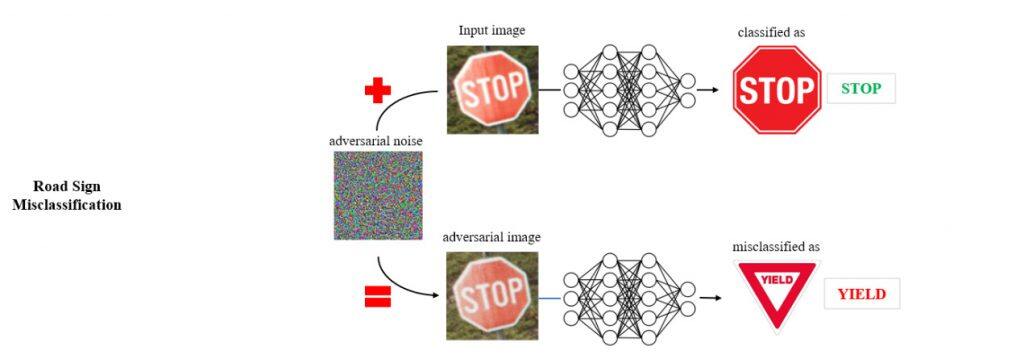The University of Macau (UM) and the Shenzhen Institutes of Advanced Technology of the Chinese Academy of Sciences (SIAT) jointly proposed a new algorithm that can use model features and new loss function to improve the LAFEAT method of model robustness evaluation, which can achieve better results than any other model robustness evaluation method that has emerged in recent years. The related paper was presented at a leading international conference in the field of artificial intelligence, whose acceptance rate is only 4.59 per cent. In addition, the UM-SIAT team participated in an international algorithm competition titled ‘CVPR Security AI Challenger’, which was jointly organised by the University of Illinois, Tsinghua University, and Ali Security, with this new algorithm. The UM-SIAT team competed with 1,681 teams from around the world and eventually won the second prize, becoming the only team from Macao to win an award at this competition.


Driven by artificial intelligence technology and deep learning, autonomous driving technology has developed rapidly in recent years. Deep learning has been integrated into the fields of perception, decision-making, and the control of autonomous driving. However, the current deep learning models have severe robustness issues, such as the vulnerability of self-driving visual perception systems to malicious attacks on adversarial samples, additions to image data, and subtle disturbances that are difficult for humans to recognise through their senses, all of which can cause models to make incorrect judgements. Misperceptions pose a significant safety risk to operational self-driving vehicles. Therefore, the establishment of an effective model robustness evaluation mechanism is essential for ensuring a truly safe and viable autonomous driving system.


To address these challenges, UM and SIAT proposed a new loss function that efficiently uses model features and addresses the effects of floating-point calculation errors by adding new branches to improve model robustness evaluation method LAFEAT, and has achieved the best results in all model robustness evaluations. The result has been presented at Computer Vision and Pattern Recognition (CVPR), a leading conference in the field of artificial intelligence. The first author of the paper is student Yu Yunrui, under the guidance of Prof Xu Cheng-Zhong who is the dean of the Faculty of Science and Technology (FST) and the academic leader of the State Key Laboratory of Smart City Internet of Things. The other first author is Dr Gao Xitong, who is an assistant researcher of SIAT also under the guidance of Prof Xu.
The research project, titled ‘Research on Key Technologies and Platforms for Collaborative Intelligence-Driven Autonomous -Driving Vehicles’ is a key research and development project funded by the Macau Science and Technology Fund (FDCT) (file number: 0015/2019/AKP). It is one of the largest research projects in Macao’s history. The FST aims to establish a world-class scientific research and talent training base in order to respond quickly to the rapid changes in the world, especially the rapid development of digital economy. The State Key Laboratory of Smart City Internet of Things is the first national key laboratory in the field of internet of things for smart cities approved by the Ministry of Science and Technology. It focuses on solving key scientific and technical issues in the field.
Source: Faculty of Science and Technology, University of Macau







































